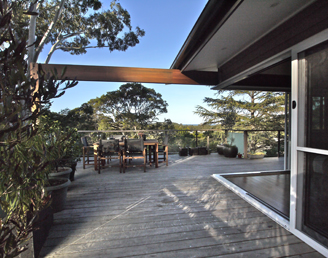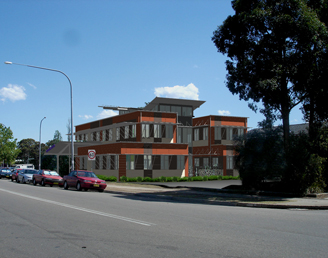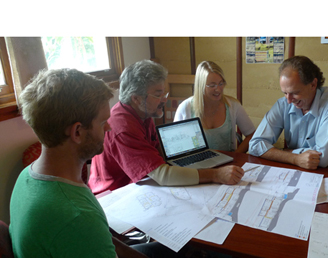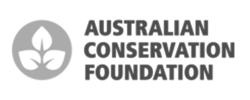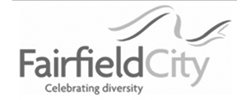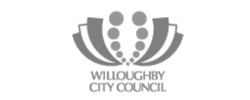South Pacific Passive House Conference 2019
Posted by admin on 20/02/2019 at 3:45 pm
The annual South Pacific Passive House Conference recently wrapped in Wellington New Zealand as part of the annual gathering of the Passive House community.
As always it was a huge event packed with great speakers, inspirational stories and lots of useful (and slightly geeky) technical nuggets of gold.
The opening address by the NZ Housing minister was significant because THEY HAVE ONE! Phil Twyford said all the right things talking about the links between housing and public health, the costs to government of poor housing via the health system, and lower employment participation and working to reduce fuel poverty, aka to reduce power bills through having better buildings. Unsurprisingly, some of the locals believe the connection from words to action is lacking, so NZ is not the paradise that we may crave.
The biggest news of the conference was the very recent completion of the Monash University student accommodation building, a 150 bed facility over 6 levels. The Cross Laminated Timber (CLT) building was built in around 9 months and passed its final blower door test in late January. It will be occupied by the time you read these words. It will be the largest Passive House building in Australia and is a great demonstration of the upscaling we are about to witness in larger buildings, especially as long-term owners take their 2030 (and beyond) emissions targets more seriously.
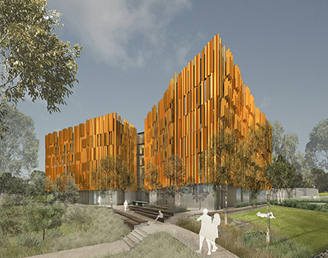
From further afield, Emma Osmundsen spoke of the work of Exeter City Council in the UK. They now have several Passive House social housing projects under their belt with more on the way.
Council are stepping up and acting as developer on one project that will be partially sold, they expect a 5-15% uplift in sale price from the Passive House certification and performance benefits.
The biggest news from Exeter is the ‘leisure centre’ (indoor swimming pool in Australian lingo). It will be the UK’s first Passive House indoor swimming pool and only the third in the world.

There were several local NZ speakers talking about their recent and upcoming projects. The most exciting were the medium density housing projects, aside from the Passive House challenges, they also have to contend with earthquake risks, adding complexity but also bringing forth some innovative solutions.
Envirotecture have recently started on a medium density affordable housing project so many of the challenges were familiar and the follow up conversations constructive; after all that’s why we go to these conferences: to connect and learn.
There were several frank talks about the costs and benefits of Passive House. Rochelle Ade presented work looking into the cost uplift for PH in NZ, generally around 10% although the perception is much higher at 18%. This triggers a series of thoughts around the psychology of costs and prices versus returns that would be worthy of its own PhD.
Rochelle’s quantitative research showed that the payback on Passive House is only around 9 years, which compared very well against the NZ rating tool HomeStar that had a payback of 62 years. (Apparently the energy savings with HomeStar are not especially huge hence the running costs don’t drop significantly).
The other finance talk was by Envirotecture director, Andy Marlow. A single family home in Sydney that has been in the pipeline for over two years, where sitework commenced this week. The project has gone from passive solar to Passive House and has been priced by various contractors using different construction systems.
The evidence shows that the final contract price for the Certified Passive House is less than the original price for the passive solar version. There is more to it than just that change, but the take away is that Passive House is possible on a reasonable budget so long as it remains a priority. The full story will be available soon in a paper that explains how we made that work.
Passive House always inspires because of its potential is to make societal scale improvements in human health while slashing energy use. The progress made in Vancouver in recent years is the most inspiring of stories. The City (and now the Province) has enacted a Step Code (like the Australian Sustainable Built Environment Council’s Trajectory Project could become if it is incorporated into the National Construction Code) that sets Passive House as the highest level and ultimate performance goal for all buildings.
Chris Higgins from the City of Vancouver talked about their journey through removing barriers (including responding to queries for PH projects quicker than non-PH projects). They now offer incentives, such as a 5% floor area bonus for multi-family PH buildings, and a 2% floor area bonus to allow for the HRV (heat recover ventilation sydtem) and other equipment required to make a PH work.
The most revealing part of his talk was that at a political level the City have had success making the argument that the elements that make up the building fabric are mostly locally manufactured, whereas the mechanical components are always made overseas. For those who argue that a poor performing building plastered with photovoltaics and a big air con system is the most ‘efficient’ solution, this argument adds a new dimension.
In a political world where ‘it’s the economy, stupid’ the argument for a higher proportion of locally made products in buildings that also guarantees a higher performance and lower energy outcome seems like a no-brainer…..but then logic too rarely applies in our corner of the world.
The final moment of the conference always announces the city for the next conference and in this case… “the winner is Sydney”. We look forward to great event in our home town in 2020 and hope to the attendance continue rising as Passive House gathers momentum in the South Pacific.
Sustainable House Design
We will help you create a family home that works well, feels good, is kind to the environment, culturally appropriate and reduces your energy and running costs.
Read MoreSustainable Commercial Buildings
We design your building to help reduce your operating costs, optimize the life cycle of your building, increase your property value and increase employee productivity.
Read MoreWorking with Envirotecture
We design beautiful, sustainable buildings that work for you, your family or your business. Full range of building design, consulting and training services.
Read More
